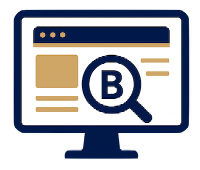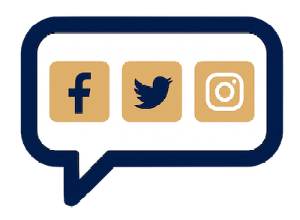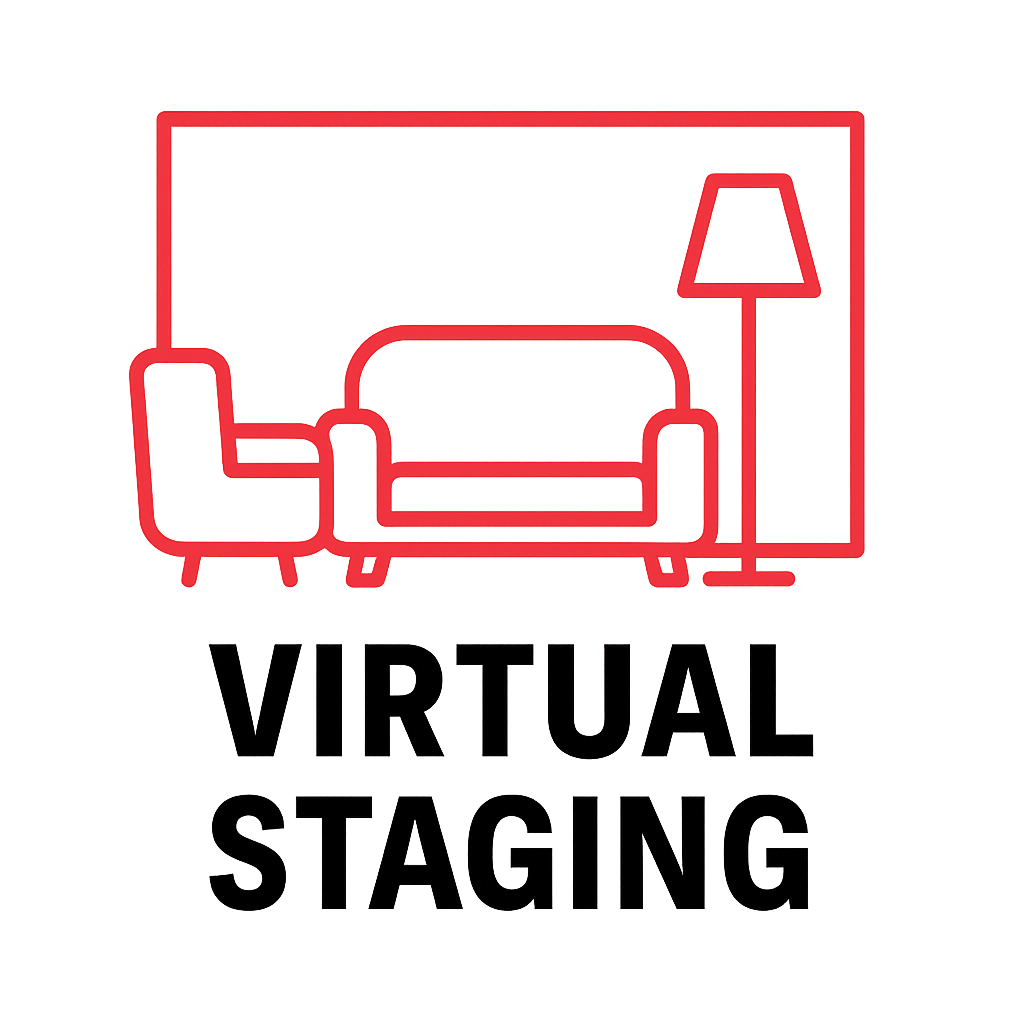online presence package
Your Complete Online Setup — Done Fast
1. Research on the target audience, their pains, and aspirations
Before launching a project, campaign, or even a business, the first step is to understand who your audience is.
You need clarity on:
What the product or service really is
Who exactly will buy it
What problems they want to solve and what they aim for
Because promoting “to everyone” means promoting to no one.
With proper research, you’ll know:
Which category of people is most likely to become your customers
What pains they experience and what goals they pursue
How to speak their language, design your content, and focus your offer
This avoids wasted effort and lost budgets, and ensures your marketing is sharp, targeted, and motivating.
Research can be done through direct audience surveys (more precise but time-consuming and costly) or through analyzing what your audience already shares online – forums, social media, and other open resources.
2. Branding: style, colors, logo, fonts
Every business needs a clear and consistent style.
Your brand is like the storefront of your business — it must create the right impression and emotion. A weak or messy look makes people lose trust. A strong and aesthetic brand identity builds trust.
Branding includes:
Creating a logo or symbol that conveys the core idea of your company and its main product
Defining colors and style that make your business recognizable and memorable
Building a look that sets you apart from all competitors
Without this foundation, all your future materials — ads, websites, posts — risk being lost in today’s noisy market space.
Design examples:
BEFORE
AFTER
3. Website / Landing Page / Web-PowerPoint
Your website is more than just a page online — it’s a major business tool. Whether it’s a landing page, a multi-page site, or a presentation site, the goal is always the same:
➡ to deliver a clear message and support the sale or pre-sale of your product or service.
3.1. Speed and availability
A website must load fast — ideally in 1 second, maximum 3 seconds. If it takes longer, visitors leave before even seeing your content. No matter how good the design or idea is, if the site doesn’t open, it doesn’t work.
3.2. Content with a purpose
Your site must focus on a specific goal: show your product, answer your customer’s question, or guide them to take action. Clean design helps deliver that message without distractions.
All the flashy animations, effects, or “wow” tricks only slow down the page and distract. People go to Netflix for entertainment — but when they visit your site, they want clear, fast, and useful information.
3.3. Mobile-friendly
Today, more users visit sites from their phones than from desktops. That’s why every detail must be properly aligned and readable on any screen: text, images, buttons.
3.4. Professional impression
Your site is the face of your company. Imagine buying a luxury car, but has scratched paint and torn leather seats — it immediately destroys the impression. The same is true online. If your site has mistakes, broken layouts, or looks careless, people will ask: “If this company is really professional, why can’t they make their own site look right?”
A website is much cheaper to perfect than an office renovation or a luxury car, but customers will see your site far more often than your office. That’s why, in business today, people “judge you by your website.”
4. Copywriting: The Right Words That Sell
Text is not decoration — it’s your direct conversation with the visitor.
Well-written copy guides people to take action: to buy, to call, or to trust your company. Poor copy, on the other hand, turns your website into empty noise.
So, we follow these Principles:
4.1. Talk about the client, not about yourself
Texts should focus on what matters to them — their pains, desires, goals, and problems. Don’t brag about how great you are — show how you solve their problem.
4,2. Minimalism instead of “filler”
Remove unnecessary words, clichés, jargon, and “beautiful phrases” that carry no meaning. Design and text must work together seamlessly without distracting the reader.
4.3. Focus on the goal of the page
Every text and every word must support the main goal — whether it’s to sell, to encourage contact, or to drive a subscription. Everything extra is a barrier.
4.4. Structure and readability
Use short paragraphs, bullet points, and subheadings — so visitors can quickly scan and understand the main idea.
4.5. The language of your audience
Use the phrases and expressions your potential clients themselves use — in conversations, reviews, or social media. This makes your text closer and more credible.
4.6. Clear call to action (CTA)
At the end of each block or section, it must be clear what to do next: “Contact us,” “Get started,” “Learn more.” Never leave visitors uncertain.
4.7. Proof and social validation
If you say “we are the best,” back it up with cases, testimonials, and results. Without proof, words are just noise.
5. Essential Website Integrations
5.1. Website Chat
The fastest way to start communication.
A chat button is always available right on your site.
Visitors don’t need to leave or switch apps — they can ask their question instantly, the moment they are most interested.
Messages go directly to you or your team, through one channel, without being lost in a flood of other messengers.
The chat app can be installed from the App Store or Google Play, so your communication line is always active.
5.2. Email Marketing Integration
Every visitor who leaves their contact details is automatically added to your sales funnel.
Automated follow-up emails keep your brand in front of the client.
This dramatically increases conversion from simple visitors into real customers.
5.3. Payment Processor
An integrated payment system connected to your bank or provider (usually Stripe).
Visitors can pay for your service or product in one click directly from the site.
Eliminates barriers and increases trust.
5.4. Analytics & Tracking
Google Analytics / Facebook Pixel (tracking tools).
Measure performance, see what works, and optimize your promotion.
5.5. Calendar & Booking Systems (if relevant)
For service businesses: integration with scheduling tools (Calendly).
Lets clients book a call, consultation, or meeting instantly.
6. Social Media Channels
Your audience is already on Social Media — the question is: can they find you there?
We create and set up professional channels on all the major platforms:
Facebook (~3.05B)
YouTube (~2.7B)
Instagram (~2.4B)
TikTok (~1.6B)
LinkedIn (~1B)
X (Twitter) (~600M)
Pinterest (~500M)
Reddit (~500M)
Threads (~160–200M and growing)
Key points:
You don’t have to use every platform, but there are no limits on how many you can leverage.
The more channels you have, the bigger your reach.
One piece of content can be posted across all connected channels — giving you more exposure without extra cost.
What’s included:
Channel creation and registration on each platform
Professional design according to the branding (profile images, banners)
Optimized descriptions and setup for functionality
Linking your social channels with your website, so traffic flows both ways
Ensuring every channel communicates the same message as your website.
Think of each social channel as a mini-website.
7. Content Creation
Content is what makes your online presence alive.
It’s not just about “posting something” — it’s about creating meaningful materials that attract followers, build trust, and turn subscribers into clients.
7.1. Posts & Graphics
Regular social media posts with professional visuals. Includes simple updates, branded quote cards, infographics, and carousel posts.
Purpose: keep your channels active, show expertise, and make content easy to share.
7.2. Advertising Materials
Images and short posts created specifically for campaigns. Focused on grabbing attention and leading people to your landing page or website.
Purpose: increase clicks and conversions.
7.3. Short-Form Videos
Quick, engaging videos (TikTok, Reels, Shorts) designed to reach wide audiences.
Great for brand awareness, entertainment, and potential viral effect.
7.4. Explainer & Educational Videos
Clear, helpful videos that show how your product or service works, or that share useful insights from your industry.
Purpose: build trust and position your company as an expert.
7.5. Product & Testimonial Videos
Demonstrations of your product in action and real customer feedback.
Purpose: help people imagine the result and create social proof.
7.6. Storytelling & Behind-the-Scenes Content
Posts or videos showing your company’s story, team, and process.
Purpose: create emotional connection, authenticity, and brand loyalty.
7.7. Computer-Generated Content
Professional videos with creative effects.
Purpose: produce modern content, eye-catching, potentially viral, wow-effect.
Video Ads Examples
Some quick samples to give you an idea of what social media video advertising can look like.
SEND YOUR REQUEST
Got a project in mind?
By sending your request, you’ll get:
A review of your current online presence.
Practical ideas to strengthen your brand.
A clear action plan to move forward.










